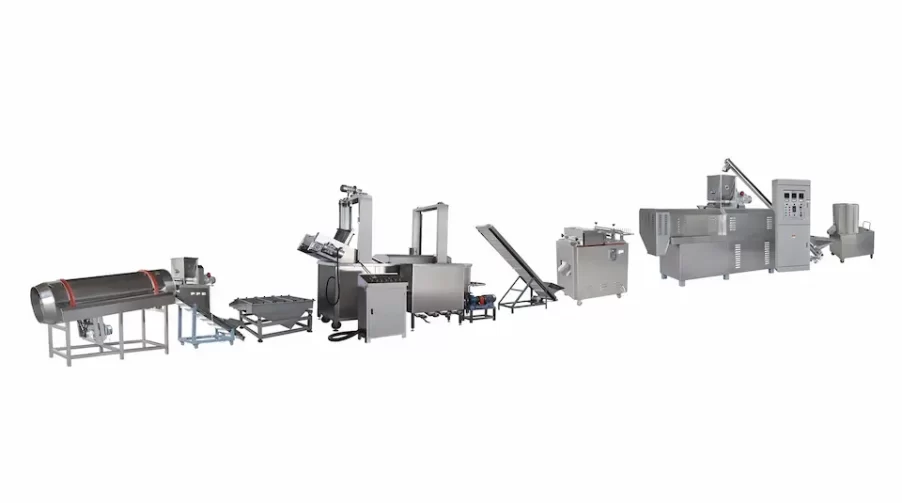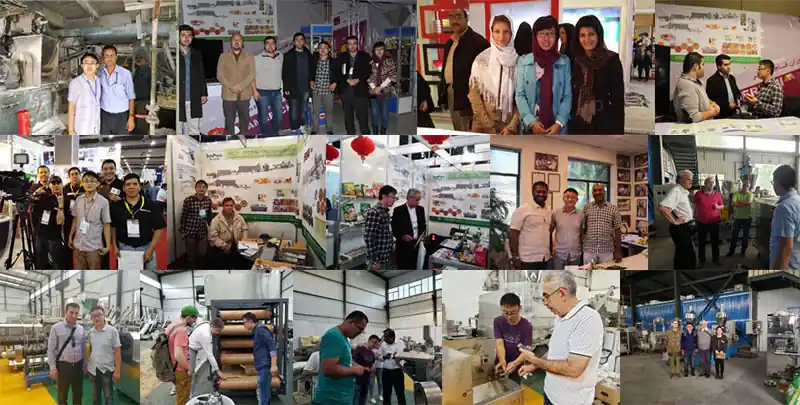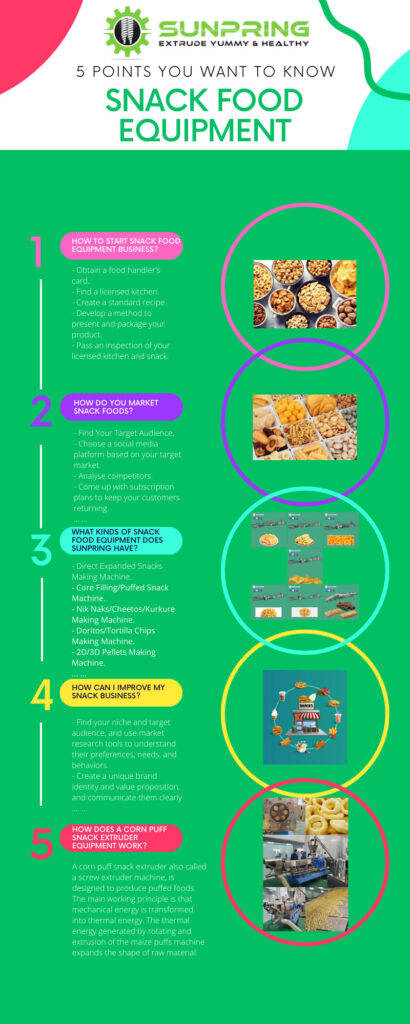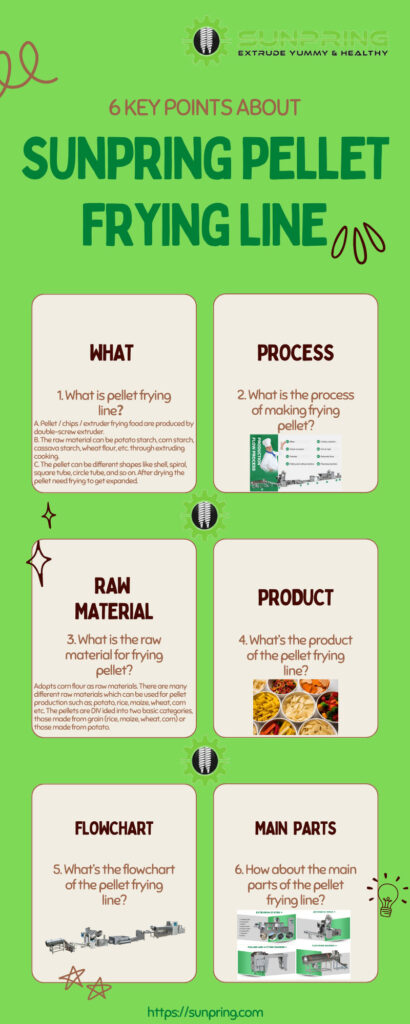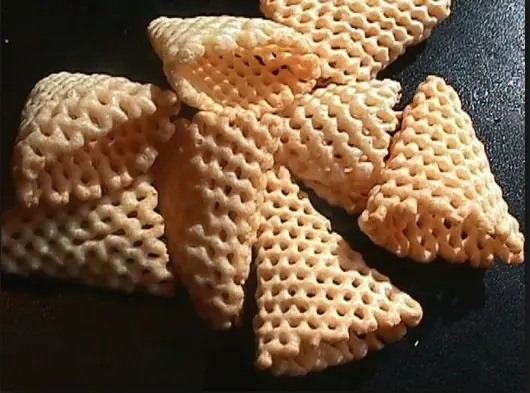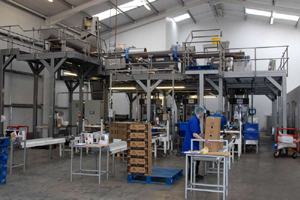
2d 3d Pellets Production Line
1. What is 2d 3d Pellets?
 2D and 3D pellets typically refer to different forms of pelletized materials, often used in the context of pharmaceuticals, agriculture, or other industrial applications. The difference between them lies in their shape and structure.
2D and 3D pellets typically refer to different forms of pelletized materials, often used in the context of pharmaceuticals, agriculture, or other industrial applications. The difference between them lies in their shape and structure.
2D Pellets:
These are flat, disc-shaped pellets. They are two-dimensional in structure, meaning they have width and length but little to no height.
Common in applications like feed for livestock, where a uniform shape and size are needed for consistency in feeding.
3D Pellets:
These are three-dimensional pellets, usually spherical or cylindrical, with depth, height, and width.
In pharmaceuticals, 3D pellets are often used for controlled release of medications, as their shape allows for the release of the active ingredients at a controlled rate over time.
In both cases, pellets are small, compact particles formed by compressing or molding a material into uniform shapes, typically for easy handling, distribution, or controlled application.
2. Why should buy 2d 3d Pellets Production Line?
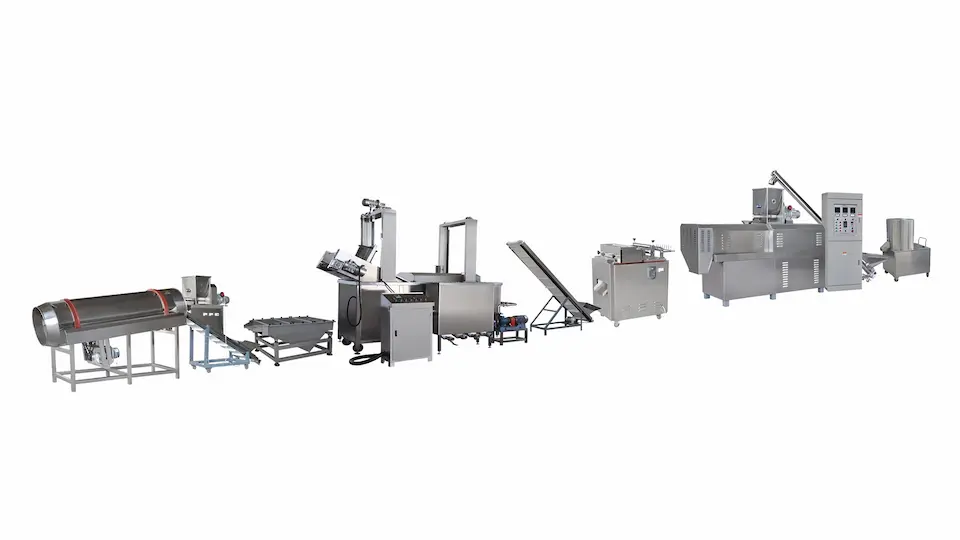 Investing in a 2D and 3D pellets production line can be a strategic decision for businesses in various industries. Here are some compelling reasons to consider buying such a production line:
Investing in a 2D and 3D pellets production line can be a strategic decision for businesses in various industries. Here are some compelling reasons to consider buying such a production line:
1. Versatility in Product Offerings
- Catering to Diverse Market Needs: The production line can produce both 2D (flat) and 3D (spherical or intricate) pellets, enabling businesses to meet different customer demands in sectors like snacks, pharmaceuticals, or feed.
- Customization Capabilities: You can easily tailor the shape, size, and composition of pellets for various applications, allowing you to expand your product range.
2. High Demand in Growing Industries
- Food Industry: Snack pellets are widely used for producing chips, crackers, and other puffed snacks. The 2D and 3D shapes make them appealing to consumers.
- Pharmaceuticals: 3D pellets are crucial for controlled drug release, making the technology invaluable in medicine manufacturing.
- Animal Feed: Consistent pellet quality and versatility improve feed efficiency and appeal to farmers.
3. Efficiency and Cost-Effectiveness
- High Automation: Modern production lines are equipped with advanced automation, reducing labor costs and minimizing errors.
- Consistent Quality: Ensures uniformity in shape, size, and composition, which enhances the final product’s quality.
- Scalability: Allows you to scale up production to meet growing market demands without significant additional investment.
4. Profitability
- Higher Value Products: 3D pellets, especially in the snack industry, can be sold at a premium price due to their aesthetic appeal and texture innovation.
- Cost Savings: In-house production of pellets reduces reliance on external suppliers, cutting costs in the long run.
5. Technological Advancements
- Energy Efficiency: Modern equipment often uses energy-saving technologies, lowering operational costs.
- Ease of Maintenance: Advanced systems are designed for durability and require less downtime for repairs.
6. Competitive Edge
- Innovation: The ability to produce unique pellet shapes (especially 3D) sets your products apart from competitors.
- Brand Differentiation: Offering distinctive and customizable pellet options builds brand loyalty and expands market reach.
Ideal Industries for 2D 3D Pellets Production Lines
- Snack food manufacturers
- Pharmaceutical companies
- Pet food and animal feed producers
- Fertilizer and agro-product companies
Investing in a 2D and 3D pellets production line is not just about meeting current demand; it’s also about positioning your business for future growth in evolving markets.
3. What else before investing 2d 3d pellets production line business?
Before investing in a 2D/3D pellet production line, several key considerations should be evaluated to ensure a successful and sustainable business venture:
Market Research:
Analyze the demand for 2D/3D pellets in target regions and industries, such as snacks, pet food, or cereal markets. Understand consumer preferences and competitors’ offerings to identify your unique selling points.
Production Technology:
Choose the right extrusion technology for producing pellets. For example, advanced extruders offered by companies like SunPring can handle complex designs and ensure consistency in quality and nutritional value. Consider equipment with automation features for efficiency and reduced labor costs.
Raw Material Sourcing:
Secure high-quality and sustainable raw materials. Ingredients such as starches, flours, and additives must be fresh and free from contaminants. Reliable supply chains are crucial for uninterrupted production.
Regulatory Compliance:
Ensure compliance with food safety standards and regulations, such as HACCP, ISO, or local certifications. These standards help maintain product quality and build consumer trust.
Production Line Components:
Invest in a well-rounded production line, including:
Mixing equipment for uniform blending of ingredients.
Extruders for shaping and cooking.
Drying and cooling systems to preserve product quality and shelf life.
Automated packaging solutions to enhance efficiency and hygiene
Operational Efficiency:
Look for systems with smart monitoring and AI-driven analytics to minimize human error, monitor production in real-time, and improve efficiency.
Energy and Cost Efficiency:
Opt for energy-efficient machinery to lower operational costs. Recycling systems for water and raw materials can further reduce waste and environmental impact.
Training and Support:
Select a supplier offering comprehensive training and ongoing technical support to ensure smooth operation and adaptation to new technologies.
SunPring provides tailored solutions for pellet production lines, focusing on automation, advanced extrusion technology, and energy efficiency, ensuring the production process is seamless and cost-effective.
| Model | Installed power | Real power | Output | Dimension |
| ENCREA@EC65 | 90kw | 60kw | 150-300kg/h | 22000x1200x2200mm |
| ENCREA@EC75 | 120kw | 100kw | 300-500kg/h | 24000x1500x2200mm |
Raw materials:Corn flour, wheat flour, potato flour
Products:This line can be used to produce 2D3D Pellet Snacks, snacks, cereals by adjusting the moulds from extruder.
Capacity: 3000kg/h, 500kg/h.
Voltage in China&Machines materials
Voltage in China:Three phases: 380V/50Hz, Single phase: 220V/50Hz, we can make it according to customers’ Local voltage according to different countries.
Machines materials:All the machines are made by stainless steel.
Cost-effective: High Temperature Short Time intensified transformation process generating savings in raw materials, water and energy; very hygienic processing and easy maintenance; compact design with reduced floor space requirements. Advanced automation designed by our experts ensures precise process control, resulting in consistent and repeatable quality.
Finished product capacity : 100 kg/h to 500 kg/h.
- All
- 2D/3D Fried Snack Pellet Making Machine
- Core Filling Snacks Making Machine
- Corn Flakes Making Machine
- Doritos Making Machine
- Human Food Making Machine
- Kurkure Making Machine
- Puffed Snack Making Machine
- Tortilla Chips Making Machine


